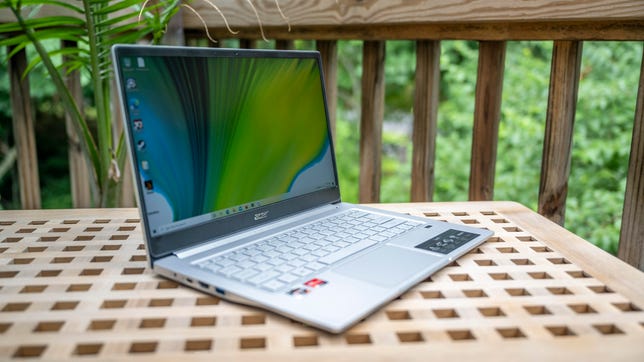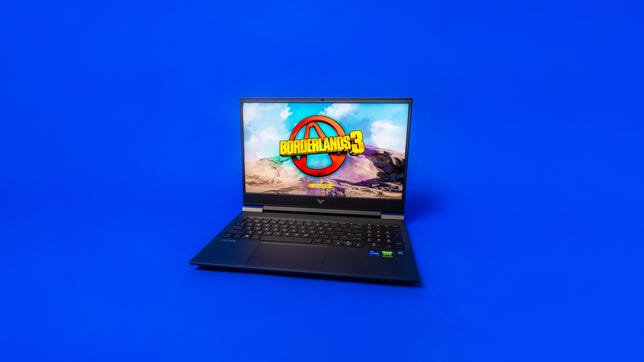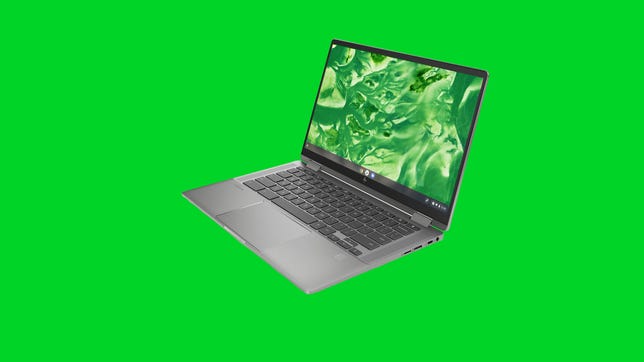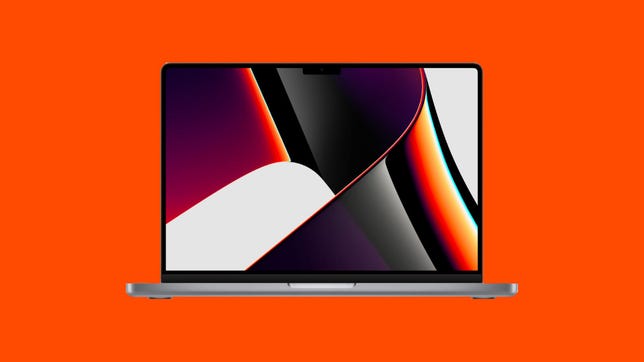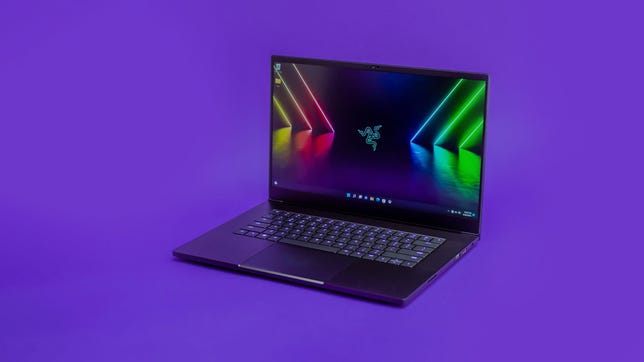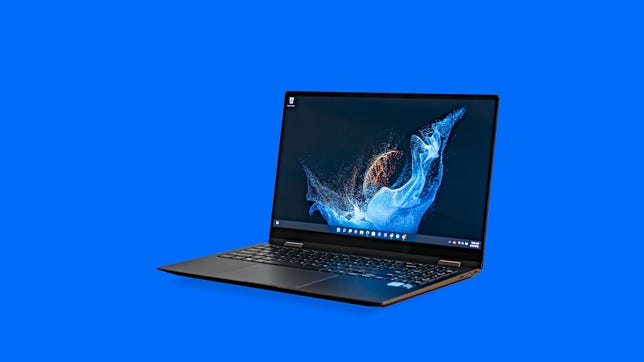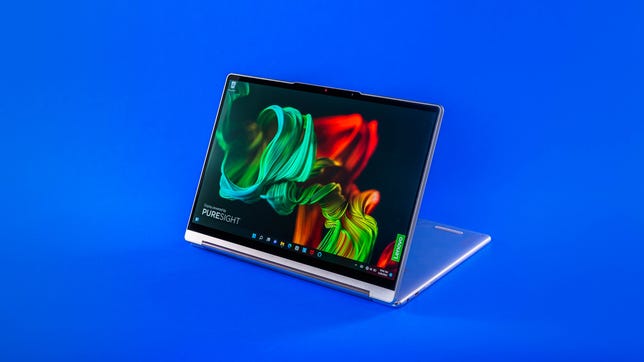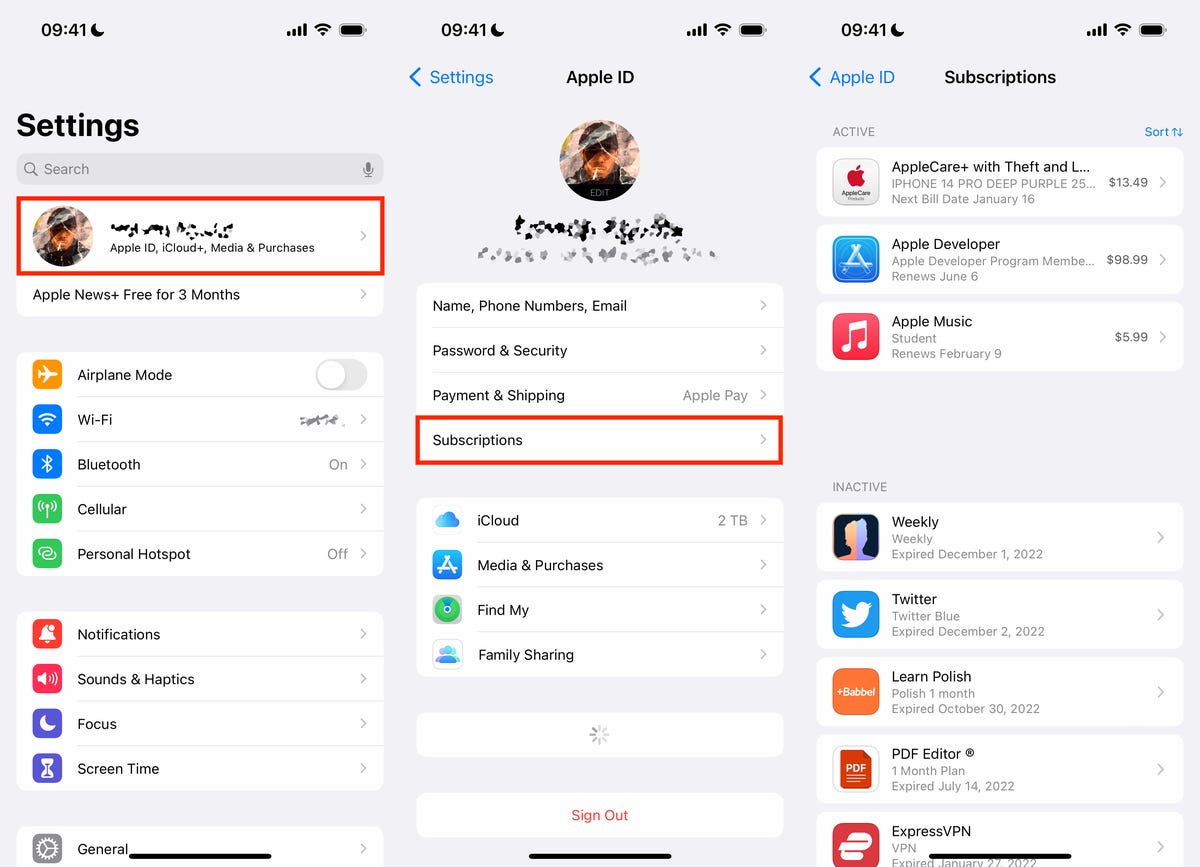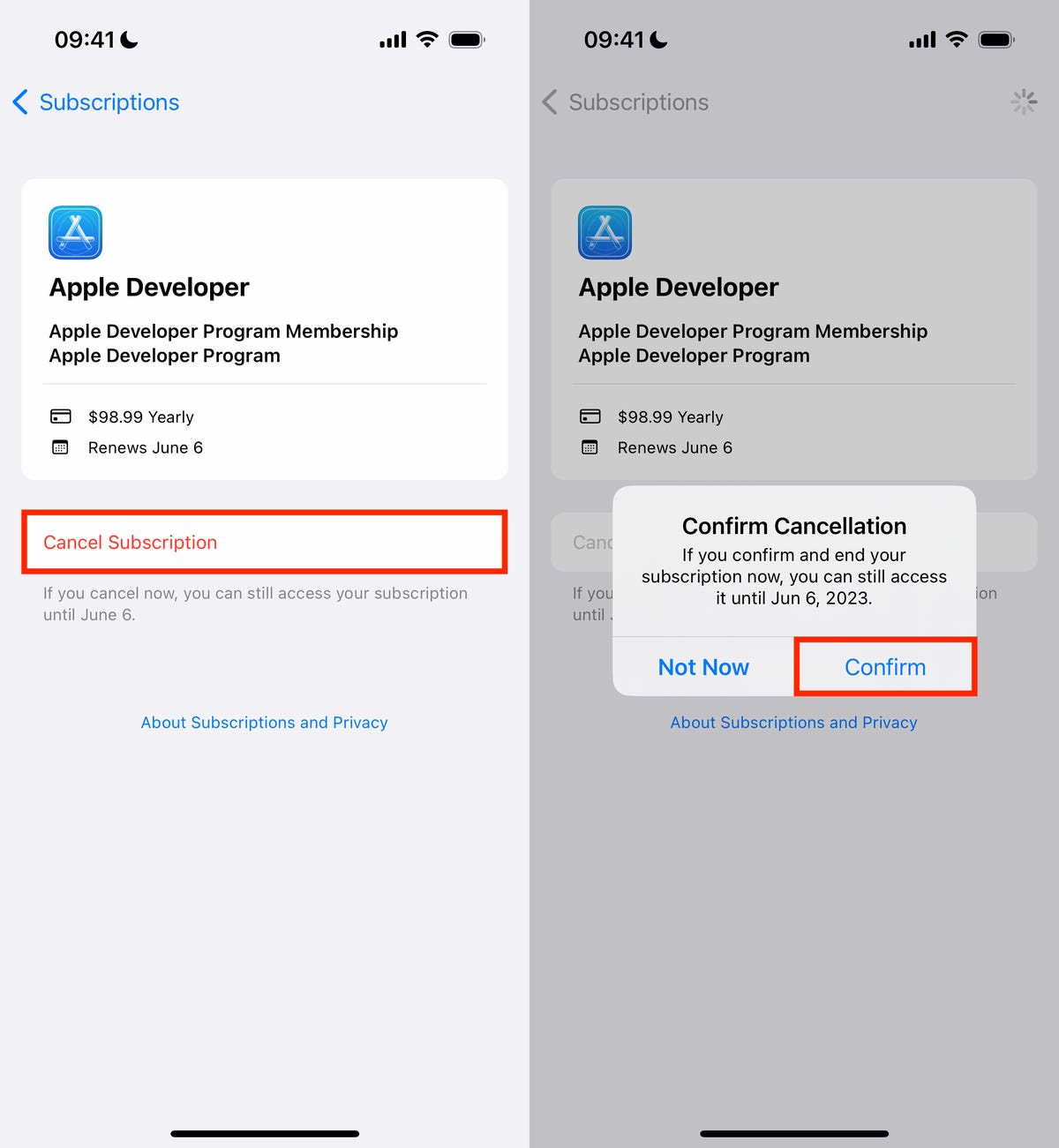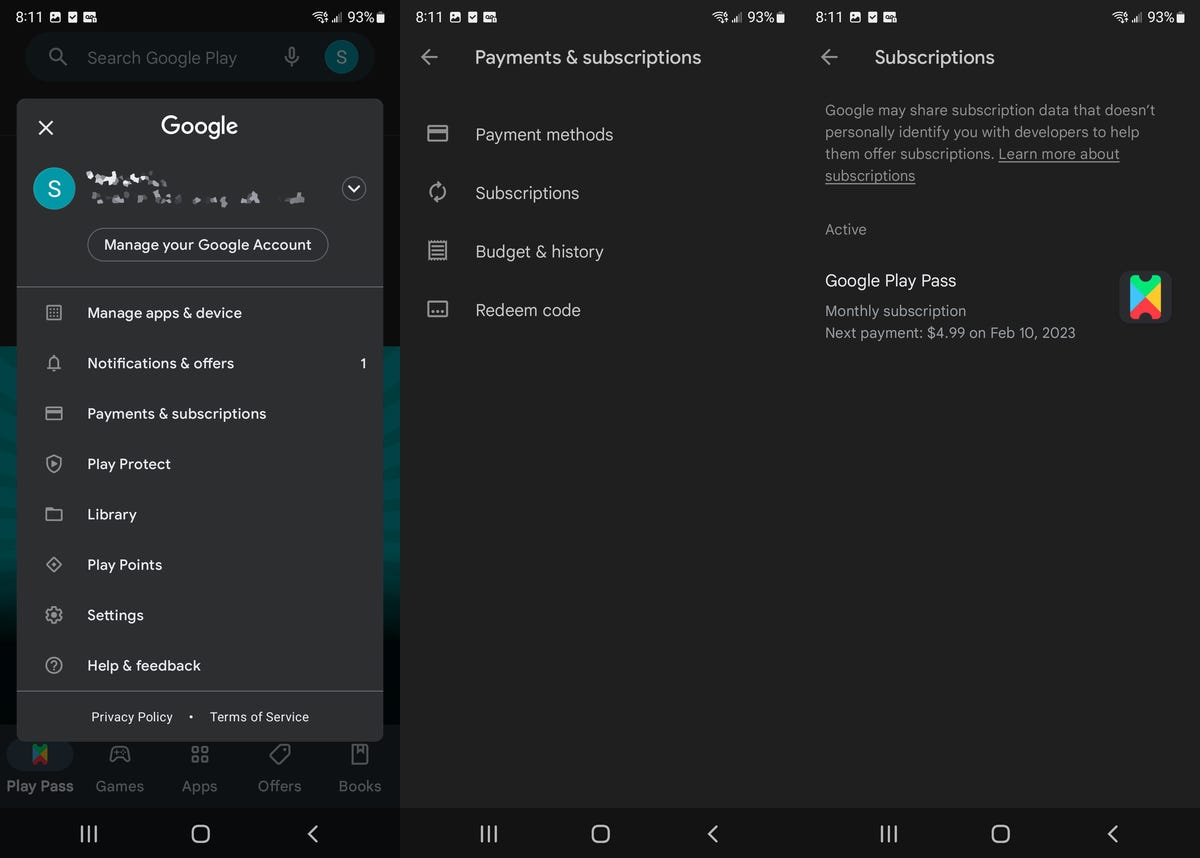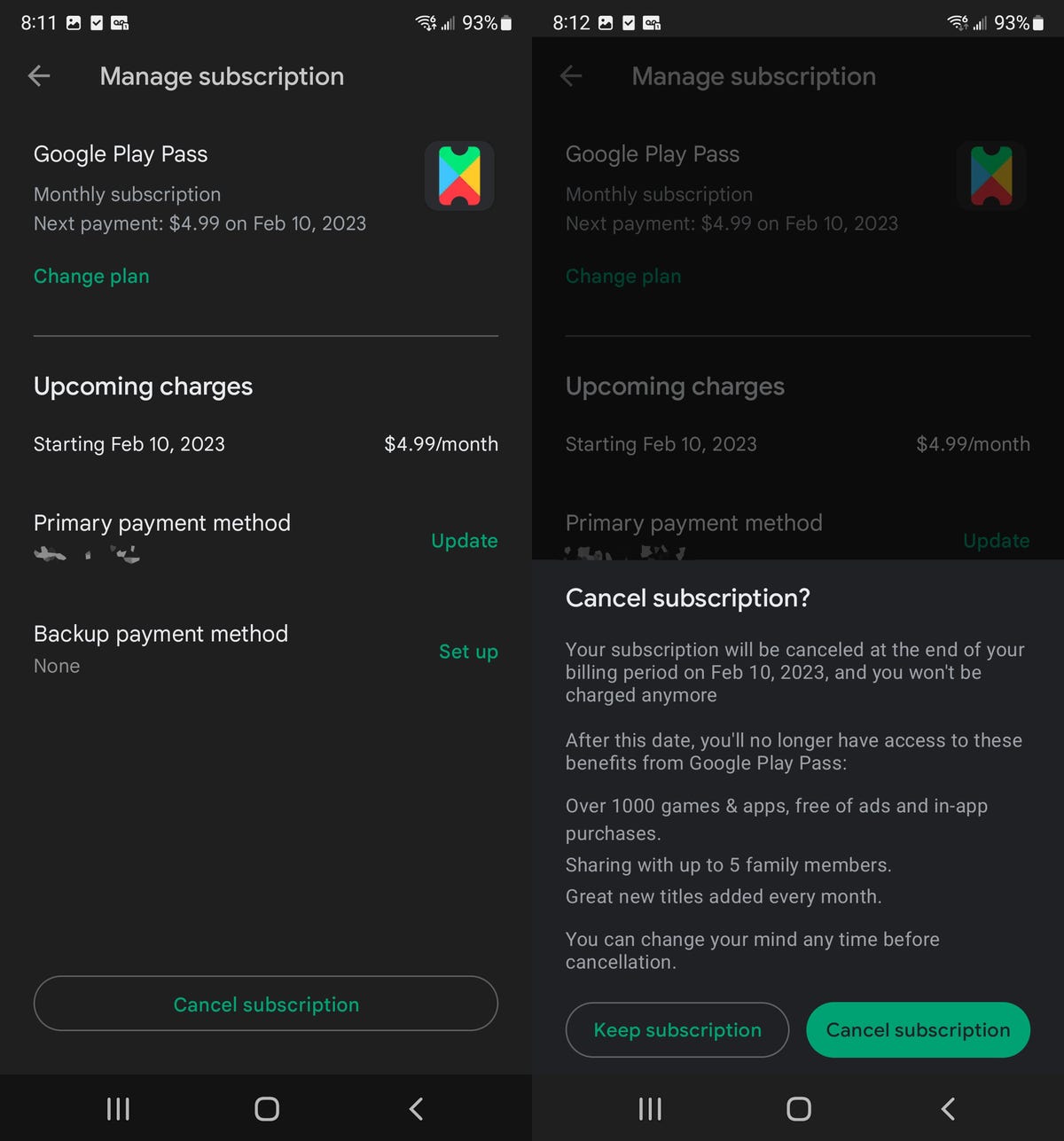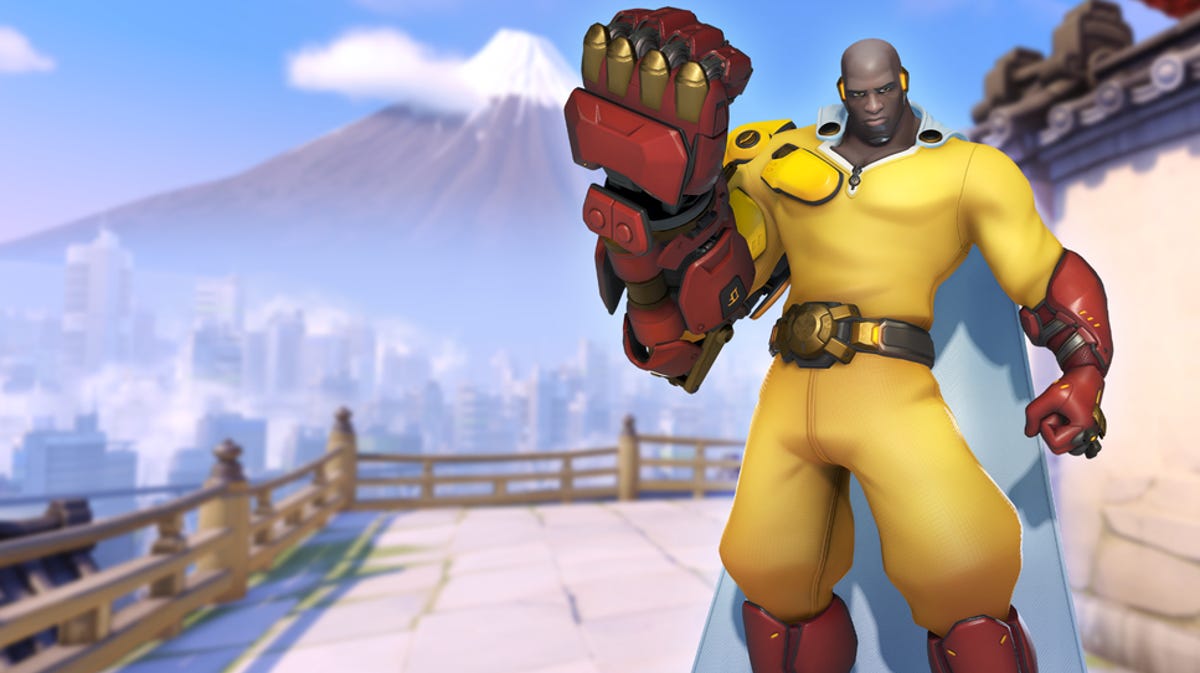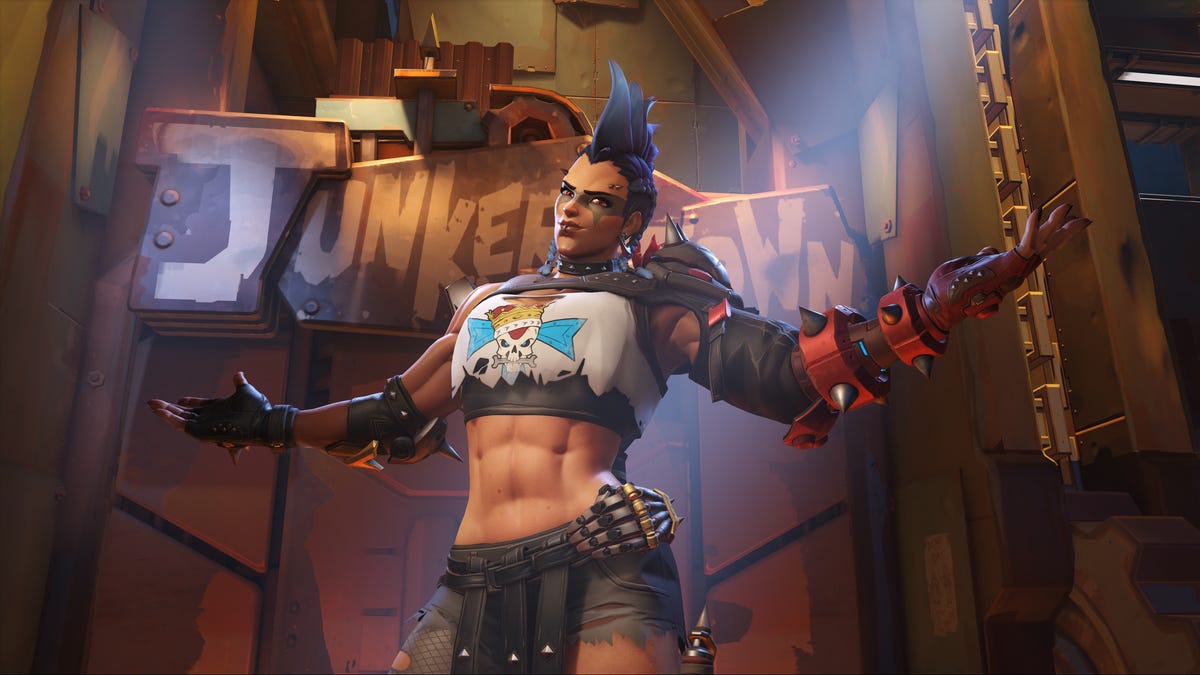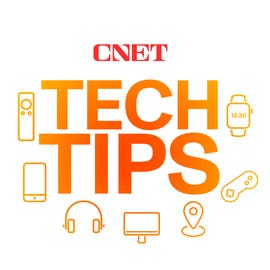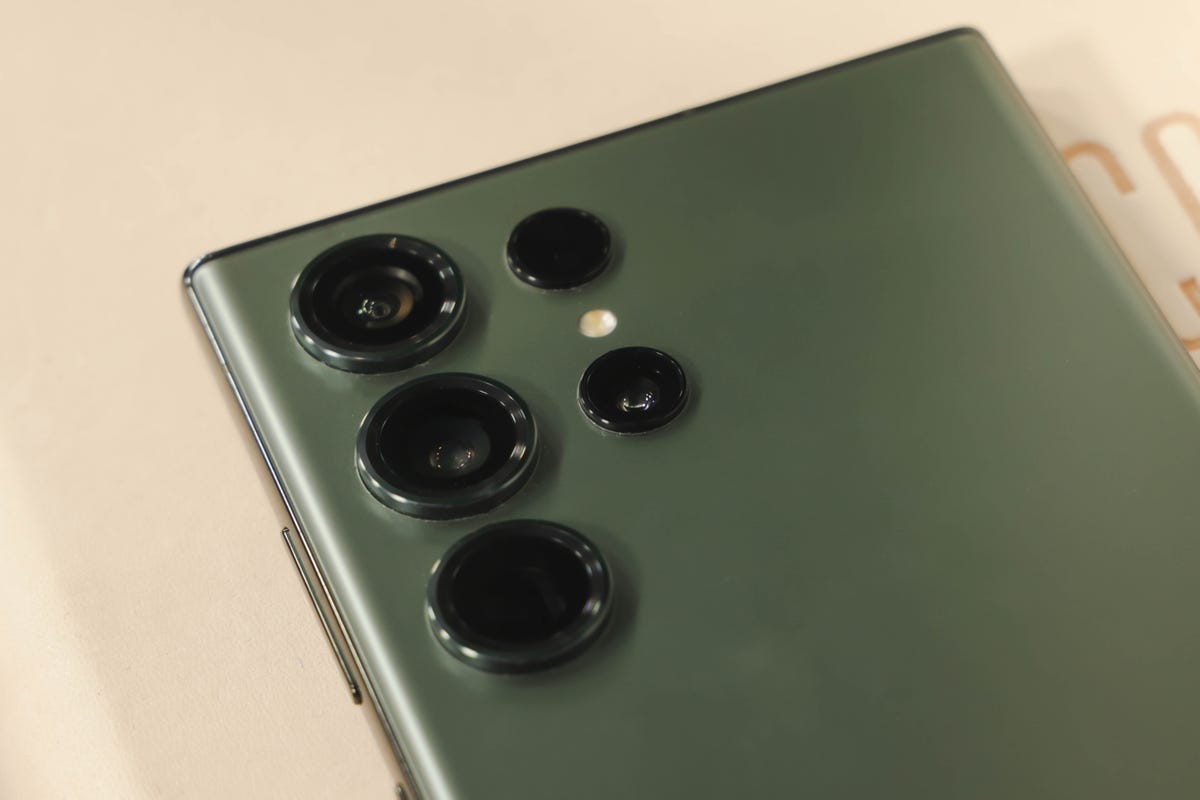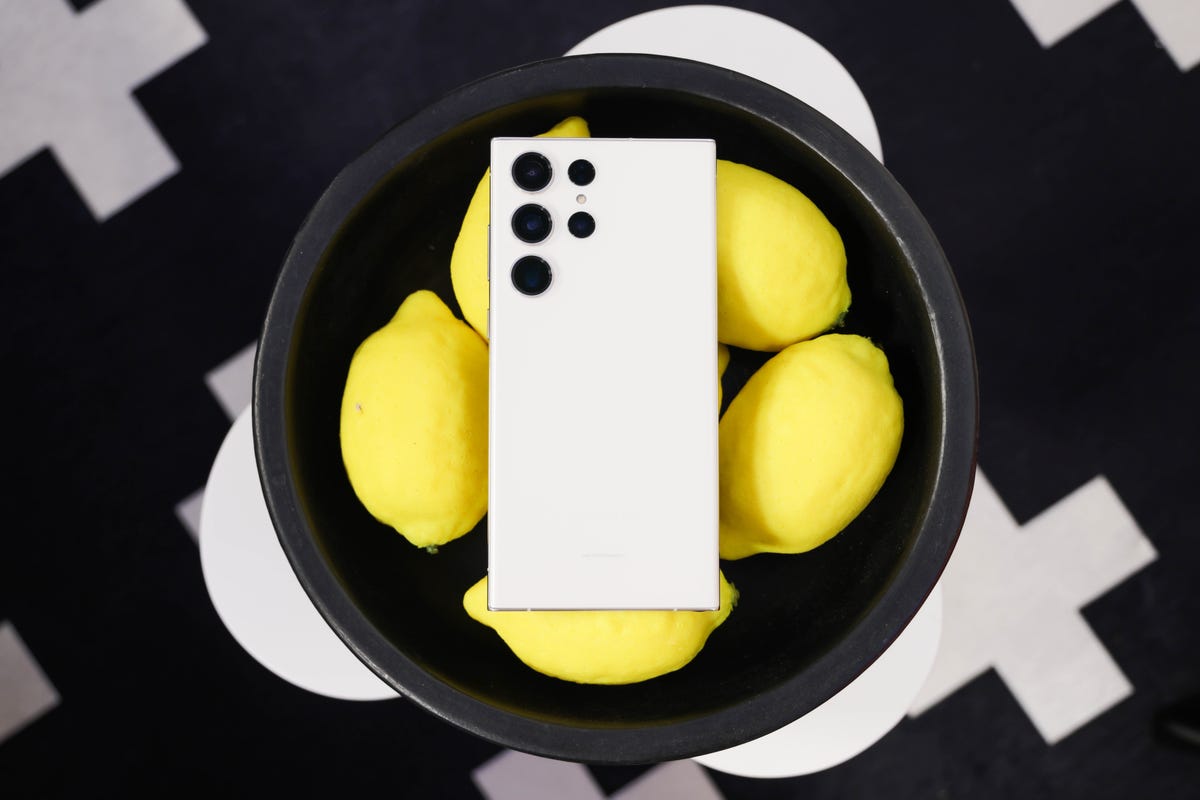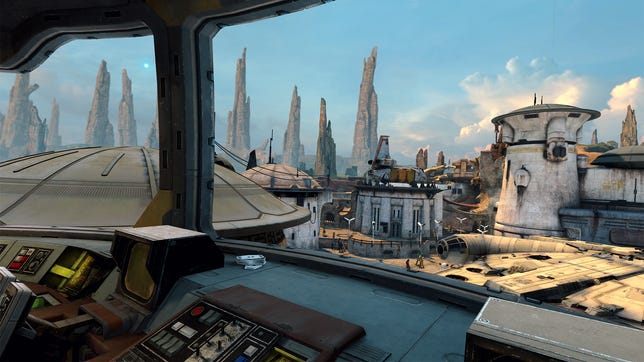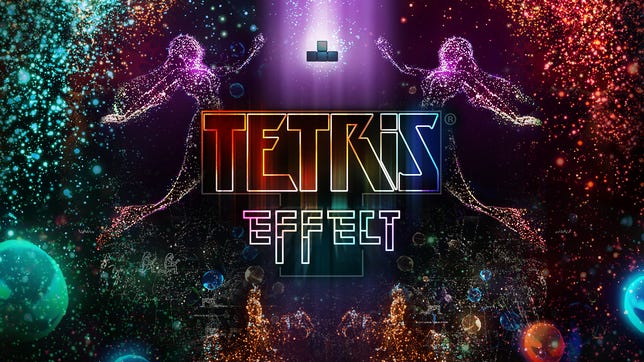Laptops are expensive, so it’s important to know everything you need to before slapping down money on one of these pricey machines. If you’re using it frequently for work, school or even gaming, then it’s worth going a little more expensive. But which ones are the best for both work and play? We’ve done the research and testing to figure that out. Below, we’ve rounded up some of the best 14- and 15-inch work and gaming laptops you’ll find on the market right now.
You’ve probably found — either from research or personal experience — that a 13-inch laptop is too small and a 17-inch can be too big; the sweet spot lies in the 14-inch and 15-inch screen range. Recently, laptop companies have been putting more emphasis on 14-inch models, directing marketing efforts away from 15-inch laptops. I prefer a 14-inch screen: It just seems to offer the best balance of price, performance and size. So, that’s why you’ll find many of CNET’s picks for the best 15-inch laptop are… 14 inches.
These are the laptops, from budget to premium, we consider to be the best 14- and 15-inch work and gaming laptop options based on:
- Performance and battery life for a given set of specs and intended use, where the configuration specs include the amount of solid-state storage and memory (SSD and RAM), main processor (CPU) and graphics processor (GPU), and operating system (Mac OS or Windows).
- Features for a given weight class, such as the combination of laptop screen size, type (touchscreen or not) and resolution (4K, QHD or FHD), ports (such as an HDMI port, Ethernet port and the type and number of USB connections), webcam and fingerprint reader.
- Design, both aesthetic and functional, including keyboard layout and feel (lots of people want a backlit keyboard and a numeric keypad on their laptops), build quality, upgradeability and reparability and so on.
If you’re laptop shopping, remember you don’t have to buy now if money’s tight or can afford to wait. If you decide to postpone your purchase, here are some tips for stretching the life of your old laptop. If you do opt to go ahead, think about recycling it.
This list is periodically updated with new models we’ve tested and reviewed. It’s a great place to start to get an idea of what’s available. If you need advice on whether a particular type of laptop or two-in-one is right for you, jump to our FAQ below this list.
Josh Goldman/CNET
It’s a 14 incher, but if you’re on a tight budget, 14 inches is your friend. It’s a good deal for the basics like email, word processing and much more, thanks to AMD Ryzen 5 and Ryzen 7 processors. It’s available with 11th-gen Intel processors, too. This budget laptop has a backlit keyboard, a fingerprint reader and a USB Type-C port, too. The Acer Swift 3 is also an incredibly lightweight laptop — less than 3 pounds — for a machine that can be found for less than $700.
In addition to this Acer Swift, we’re also fans of the Acer Aspire 5, which has a larger 15.6-inch display. The Acer Aspire 5 is available in a variety of configurations starting as low as $400, but that’s for a pretty poor configuration.
James Martin/CNET
The HP Victus 16 is a strong, affordable gaming laptop option. It offers a respectable balance for people with different needs for play and work. Spending more will likely get you better build quality and more enjoyable audio. But if you can get past the screen wobble, the Victus can hold its own against pricier models.
I recommend avoiding configurations with 8GB RAM; MacOS can get away with that, but Windows has more overhead. The 16GB models tend to be hard to get, though. For a little more ($890), you can get a reasonable low-end model that you won’t outgrow quickly with an Intel i5-12450H, 12GB RAM, 512GB PCIe NVMe, a 144Hz 1080p screen and GeForce GTX 1650.
Josh Goldman/CNET
The two-in-one design means you can use the HP Chromebook x360 as a tablet (though it’s a bit heavy to use as a handheld device), and 14 inches is much less awkward to use that way than a 15-inch model. You can also tent it, connect an external keyboard and mouse and use it as a small all-in-one computer.
The Core i3 processor and 8GB of memory keep this HP Chromebook running smoothly even with a couple dozen tabs open and streaming video in the background. And this Chromebook laptop has a long battery life, lasting 10 hours, 40 minutes in CNET’s tests.
Apple
If you need any convincing that 15-inch (and 17-inch) laptops are a dying breed, take Apple’s killing them off as a confirmational nail in their coffin. If your major concerns are weight and price and you don’t need much power, then the smaller MacBook Air rules.
But I disagree with my colleague Dan Ackerman that the Air is the best choice for most people: I think the MacBook Pro 14 is. It costs a lot more, but it’s significantly better in every way and I think it will meet most people’s needs for a lot longer. (The 2022 model of the Air with an M2 processor may change my mind about that, and I agree that the MacBook Pro 13 M1 and M2 give you very little over the Air for the extra cost and weight.) On the flip side, the 14-inch can be configured closely to the weightier and more expensive MacBook Pro 16, with the exception of the bigger screen and option for a higher-performing GPU.
Joshua Goldman/CNET
The 2022 refresh of the Blade 15 retains the title of least-gaming-like gaming laptop, but doesn’t forgo the speed, but like all Razer’s it’s pretty expensive. It’s got a streamlined, slim and sturdy design with plenty of ports and a comfortable Razer Chroma RGB keyboard, plus the latest from Intel and Nvidia and new high-quality panel options for gaming. For work, you can benefit from the 1080p webcam with Windows Hello support. It can get a bit warm when it’s revved up, though.
- Options include:
- Up to 12th-gen Intel Core i7-12800H or Core i9-12900HK processors
- 16GB or 32GB of DDR5 memory, upgradeable to 64GB
- 1TB PCIe Gen 4 NVMe SSD, upgradeable to 2TB
- Up to Nvidia GeForce RTX 3080 Ti graphics
- 360Hz FHD display with 100% sRGB color gamut, or 240Hz QHD or 144Hz UHD displays with 100% P3 color gamut
The 14-inch Blade 14 is equally attractive and lighter, as well as a little cheaper — a nice 165Hz QHD model with an Nvidia GeForce RTX 3080 and AMD Ryzen 9 5900HX will run you around $2,200. The extra room on the 15-inch gives it space for a Thunderbolt connection, SD card reader and an additional USB-A port.
Josh Goldman/CNET
The highlights of this thin and light 15-inch Windows two-in-one are its excellent battery life, high-contrast OLED screen and the plethora of cross-device features it serves up for owners of Samsung’s Galaxy phones and accessories. It’s specifically designed for people who want a laptop experience similar to that of their phones, with similar responsiveness. For its size, it’s relatively slim and lightweight, and includes the excellent S Pen.
Joshua Goldman/CNET
The Lenovo Yoga 9i Gen 7 continues the company’s streak of fantastic premium two-in-ones. The 12th-gen Intel processor delivers a big performance jump in multicore tasks compared to its predecessor, and the features and design are worth the higher price. The latest model offers a big performance jump, top-flight sound and visuals and bundles a sleeve and stylus. It does go hot and heavy on the software and services upselling, though, so if that’s going to drive you nuts, run away.
Laptop FAQs
Which is better, MacOS or Windows?
Deciding between MacOS and Windows laptop for many people will come down to personal preference and budget. Apple’s base model laptop, the M1 MacBook Air, starts at $999. You can sometimes find it discounted or you can get educational pricing from Apple and other retailers. But, in general, it’ll be at least $1,000 for a new MacBook, and the prices just go up from there.
For the money, though, you’re getting great hardware top to bottom, inside and out. Apple recently moved to using its own processors, which resulted in across-the-board performance improvements compared to older Intel-based models. But, the company’s most powerful laptop, the 16-inch MacBook Pro, still hasn’t been updated to Apple silicon.
But, again, that great hardware comes at a price. Also, you’re limited to just Apple laptops. With Windows and Chromebooks (more on these below), you get an amazing variety of devices at a wide range of prices.
Software between the two is plentiful, so unless you need to run something that’s only available on one platform or the other, you should be fine to go with either. Gaming is definitely an advantage for a Windows laptop, though.
MacOS is also considered to be easier and safer to use than Windows, especially for people who want their computers to get out of the way so they can get things done. Over the years, though, Microsoft has done its best to follow suit and, with Windows 11 here, it’s trying to remove any barriers. Also, while Macs might have a reputation for being safer, with the popularity of the iPhone and iPad helping to drive Mac sales, they’ve become bigger targets for malware.
What size screen do I need? Do I need a 4K screen?
One of the reasons I like 14-inch more than 15-inch displays is because they strike a much better balance among price, size and performance while sacrificing only about 0.6 inches (15.2mm) horizontally and 0.8 inches (20mm) vertically of screen real estate (although you lose more like 2 inches (50mm) horizontally if the comparison is between a 16:9 aspect ratio screen and 3:2).
Resolution, the number of vertical x horizontal pixels that comprise the image, is inextricable from screen size when you’re choosing a screen. What you really want to optimize is pixel density, the number of pixels per inch the screen can display, or its reciprocal, pixel pitch. Those determine how sharp the screen looks (though there are some other factors), as well as how big elements of the interface, such as icons and text, can appear.
You can easily calculate the pixel density of any screen at DPI Calculator. But my rule of thumb for laptop screens in the 14- and 15-inch size class: FHD is fine, QHD is better and 4K is usually overkill.
Can I get a Chromebook instead of a Windows laptop?
A lot can be done entirely on the web these days, though you can use Chromebooks offline in some cases. Take stock of everything you do on a daily basis, and you may find there’s nothing you can’t accomplish with Chrome at its most basic level.
That said, a Windows laptop or MacBook can run the Chrome browser as well as other software supported by those operating systems. Even if you don’t immediately need a particular piece of software, it’s nice to have the option. Plus, if you’re shopping for a Chromebook for remote learning with Google Classroom, a Mac or Windows PC will work as well.
Chromebooks are not natively compatible with Windows or Mac software, though current models can run Android apps and there are also web apps that are available through Google’s Chrome Web Store. You can’t install the full Office software on a Chromebook, but Microsoft makes both web-based and Android versions available in the Chrome and Google Play stores, respectively. But generally speaking, if you need or want a specific Windows or Mac application — and there’s no suitable web or Android app substitute and you don’t want to use VMware — don’t get a Chromebook.
Also, if you need advanced photo- and video-editing capabilities, you’ll want a Windows, Mac or Linux laptop. Basic photo and video editing is fine, but Chromebooks typically don’t offer the graphics performance you need for demanding tasks or, again, the option to install Windows or Mac software and games.
Can I use a hub to compensate for insufficient connections?
Yes and no. For the most part, USB-C hubs deliver seamless expansion in cases when you’ve traded off USB, Ethernet and display ports for the extra millimeter it can shave off a laptop’s thickness. But you can’t assume you won’t have any problems, especially when it comes to 4K monitors, webcams, gaming peripherals or the number of devices connected to it. Anything else sensitive to the quality and power of the signal could cause a problem. Or you may have to spend a lot for a Thunderbolt hub instead of USB-C to ensure sufficient power and bandwidth for your particular needs — that can cost upwards of $300.
How we test computers
The review process for laptops, desktops, tablets and other computer-like devices consists of two parts: performance testing under controlled conditions in the CNET Labs and extensive hands-on use by our expert reviewers. This includes evaluating a device’s aesthetics, ergonomics and features. A final review verdict is a combination of both those objective and subjective judgments.
The list of benchmarking software we use changes over time as the devices we test evolve. The most important core tests we’re currently running on every compatible computer include: Primate Labs Geekbench 5, Cinebench R23, PCMark 10 and 3DMark Fire Strike Ultra.
A more detailed description of each benchmark and how we use it can be found in our How We Test Computers page.
Best laptops for 2023
A selection of the best laptops you can buy right now
- Most universally useful: MacBook Air M2
- Best budget laptop: HP Pavilion Aero 13
- Best Chromebook: Acer Chromebook Spin 714
- Best budget gaming laptop: Dell G15/G16

